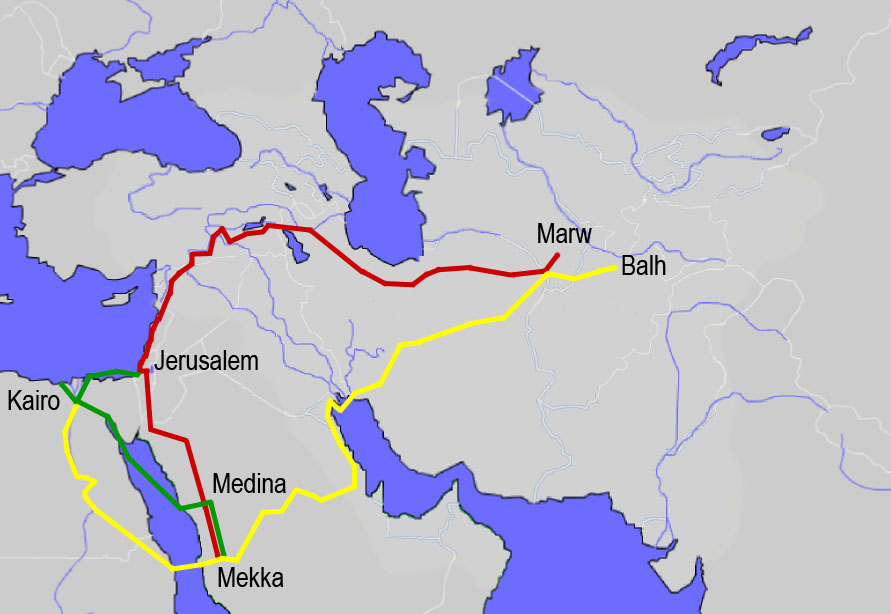Focused on animation
Human beings have been moving all over the planet earth during the history. They could have had different reasons for their decision, such as curiosity, discovering new places, studying , new job opportunities, a new beginning, etc.
Places that we have been raised and grown up, better to say, “Homeland” can differently affect the way we take different matters into consideration. Furthermore we define our relationships in countless ways. Intercultural means, when people with different cultural backgrounds meet each other and communicate. This is exactly the beginning point of an intercultural happening. However, cross-cultural means, different comparisons based on different factors, between different cultures.
Where we live, specifies the language we speak at that certain point. Every language consists of many words that are not easy to translate in another language, because they are culturally defined. As a result, we can be a different person and interact with people differently in various places.
Very first tool that people illustrated their intercultural experience was travelogue, for example “Naser Khosrow” an Iranian traveller during 11th century. Many travellers made sketches and small paintings as well as their diaries. Later on, with the invention of Photography, people were able to record more information, in addition, what they have seen and highlights in a more exact way. Consequently, it became easier with less barriers for us to understand

During 21st century, technology means helped us, move faster and easier to different countries and places in the world. As a result, intercultural experiences got well-known and understandable. In addition, we have access to more tools in order to illustrate our own stories in a clearer way. One of these tools is animation.
Animation can be a good package of varied tasks for media design. It consists of story telling, building characters, illustrating the places, finding the right time-based technique, in order to demonstrate the message in the most best and the brightest way.